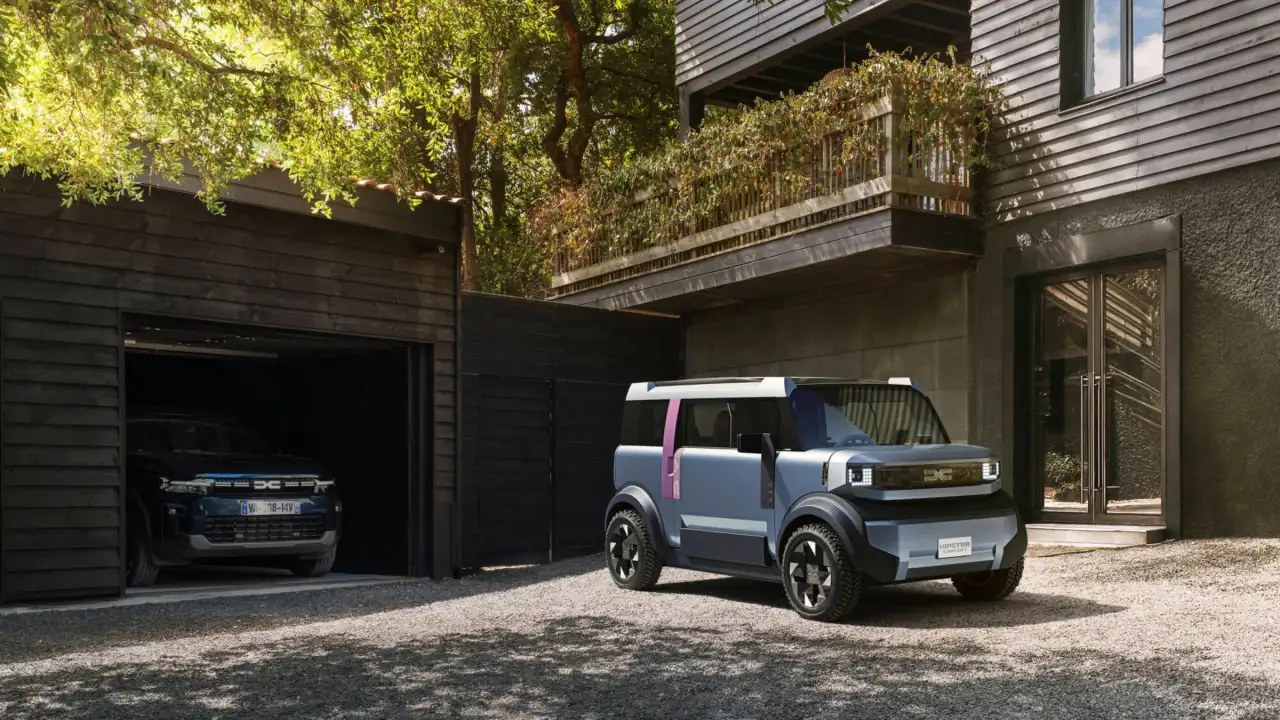
In a world where electric vehicles are becoming increasingly complex and expensive, Dacia has shaken things up. Meet the Dacia Hipster Concept: a brutally simple, ultra-affordable electric microcar that looks more like a shrunken-down Land Rover Defender than a futuristic spaceship. With its upright, boxy proportions, minimal overhangs and stance prioritising function over form, the Hipster is Dacia's bold vision for making EV mobility accessible to all - by essentially starting from scratch.
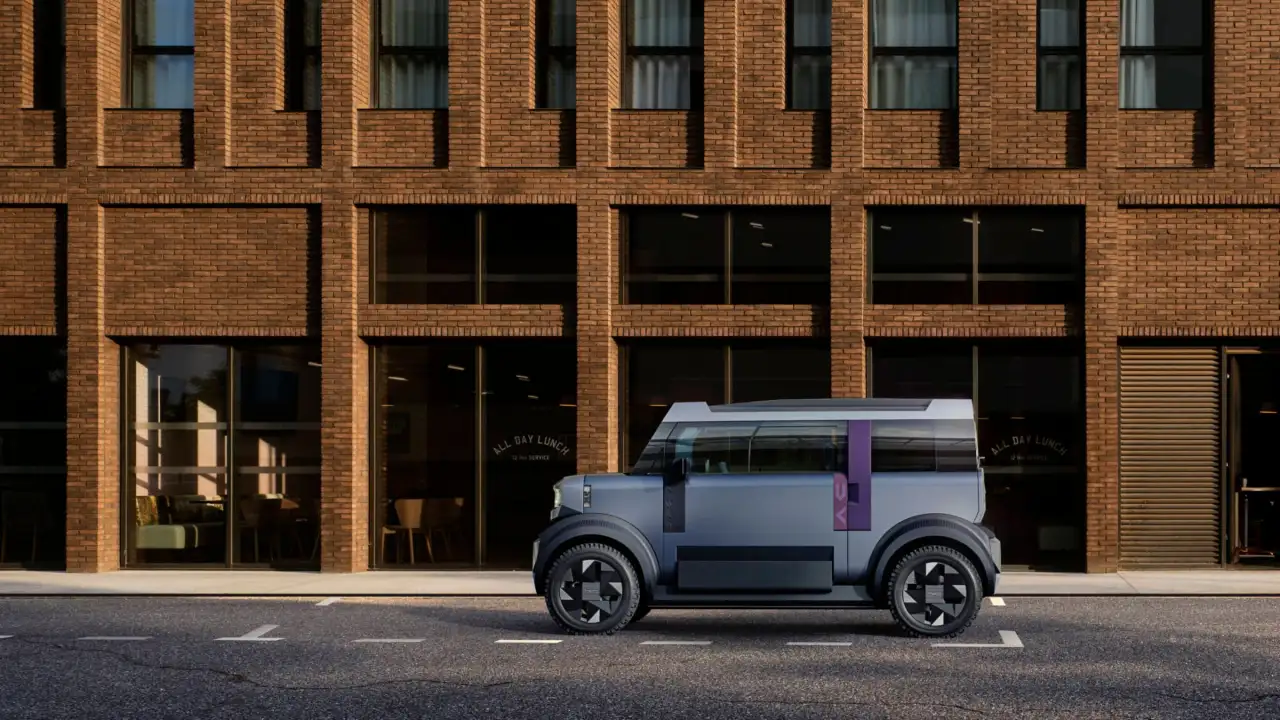
Beneath its almost toy-like appearance lies a seriously pragmatic philosophy. Measuring just three metres long - a full 70 cm shorter than a Dacia Spring - the Hipster performs a packaging miracle by offering four actual seats and configurable boot space ranging from 70 to 500 litres. The ruthlessly efficient design features sliding side windows, a door handle replaced by a simple strap and innovative rear lights that use the tailgate glass itself, eliminating the need for separate lenses. This "eco-smart" approach results in a vehicle that is 20% lighter than the Spring and aims to halve the carbon footprint of current EVs.
For enthusiasts, the charm lies in the raw, back-to-basics details that echo icons such as the Suzuki Jimny. It boasts generous side protection cladding made from recycled materials, as well as front and rear skid plates, giving it a tough, outdoor-ready aesthetic that belies its urban purpose. Inside, the Spartan interior is 'YouClip® native', meaning owners can customise it with clip-on accessories such as cup holders and armrests. A smartphone docking station serves as the entire infotainment system and digital key.
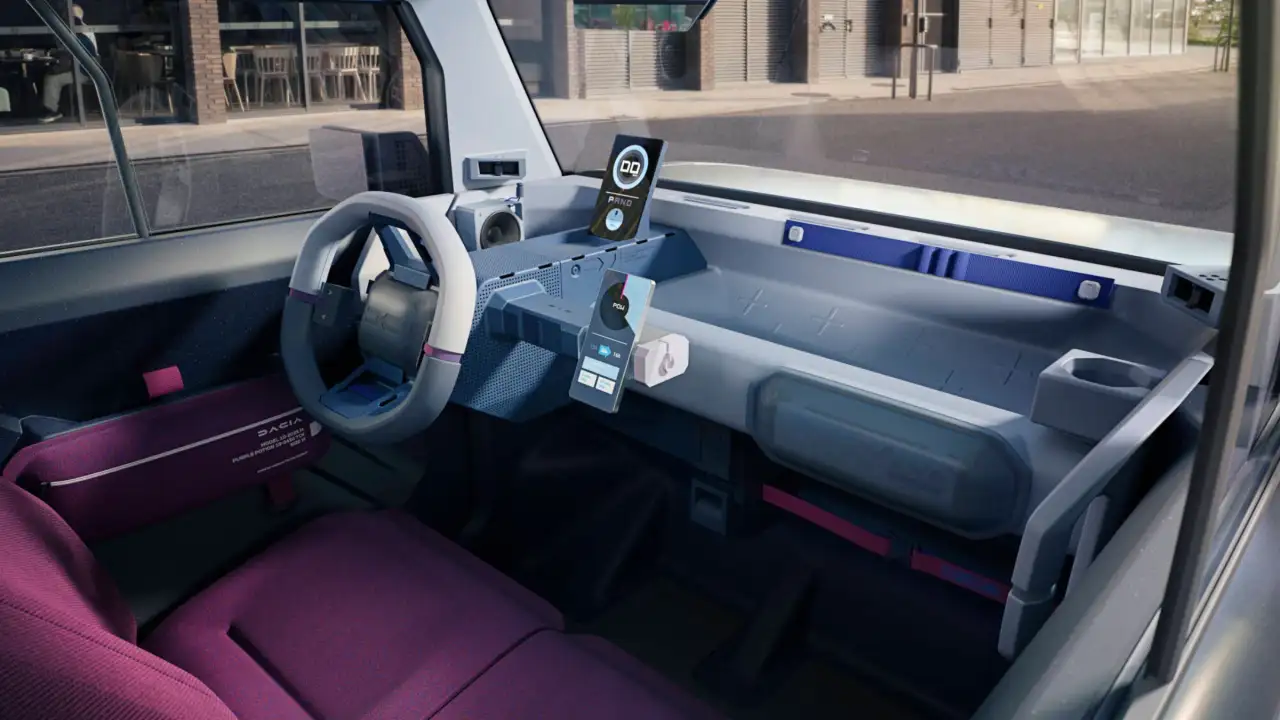
Dacia is positioning the Hipster not as a car, but as a "vehicle" that fulfills the core function of personal transport for the 94% of daily journeys under 40 km. While it may not be for everyone, its unapologetic simplicity and focus on affordability are a provocative challenge to the auto industry. The Dacia Hipster Concept asks a compelling question: in the electric future, do we really need more, or is what we really need just enough?
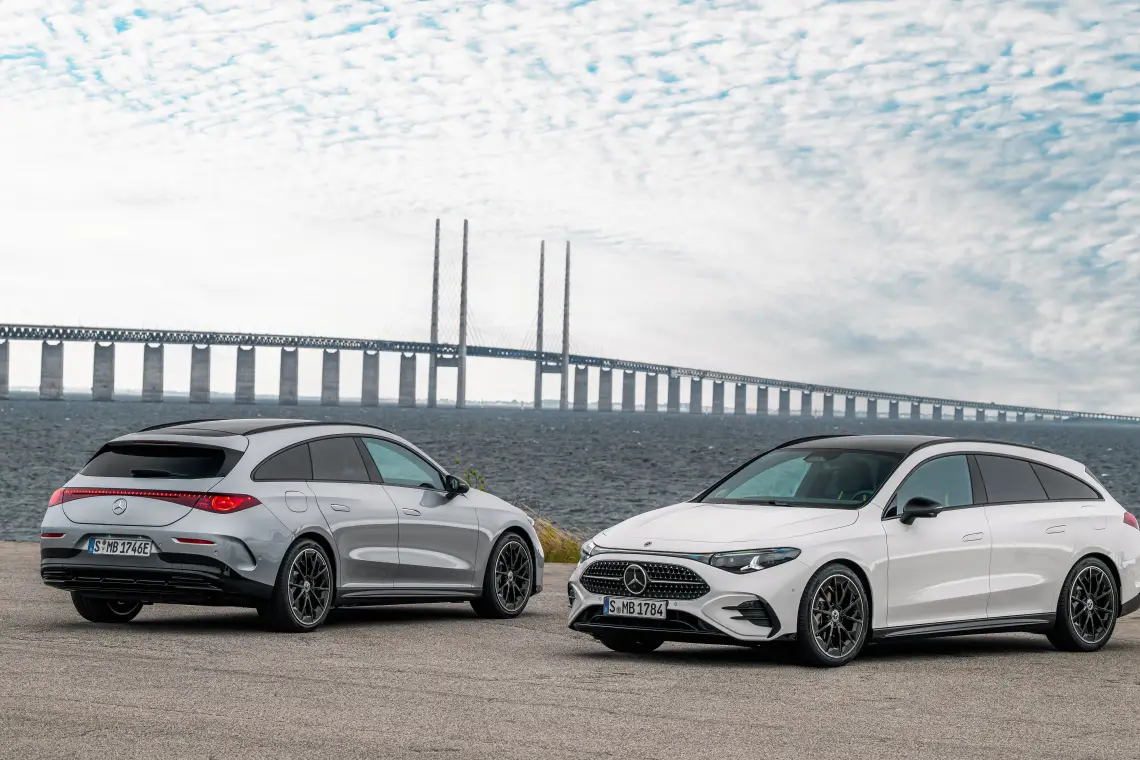
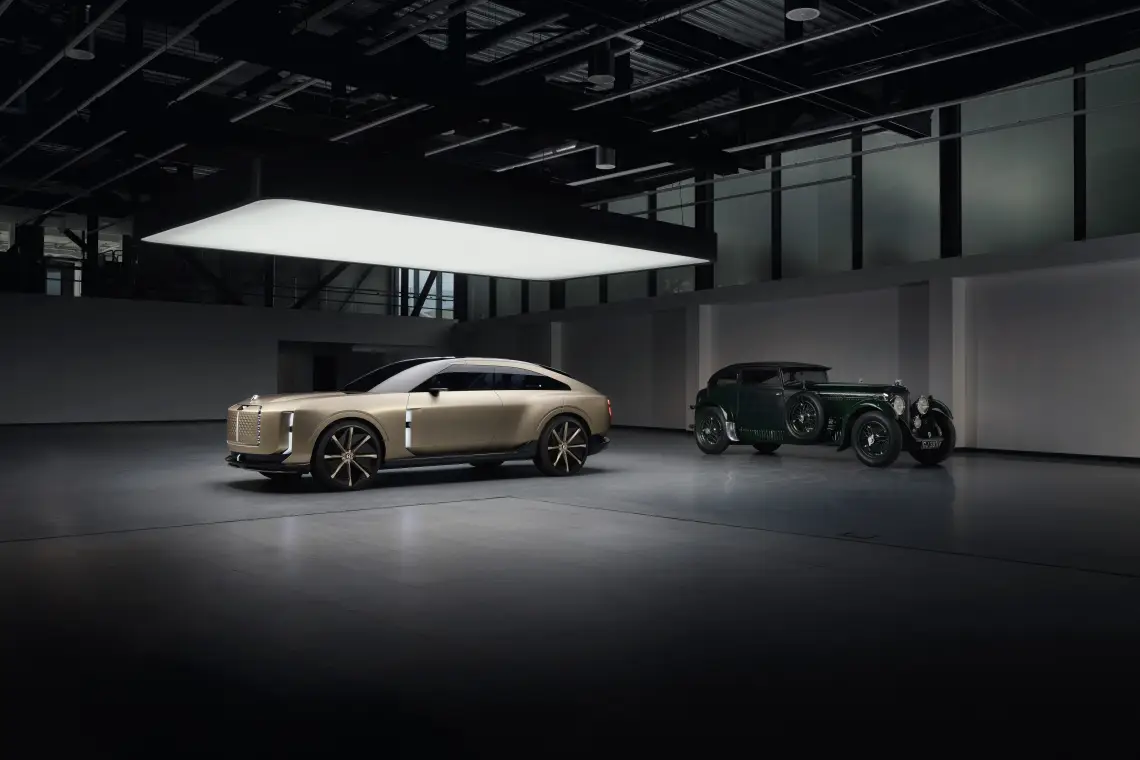
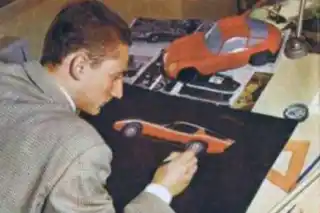
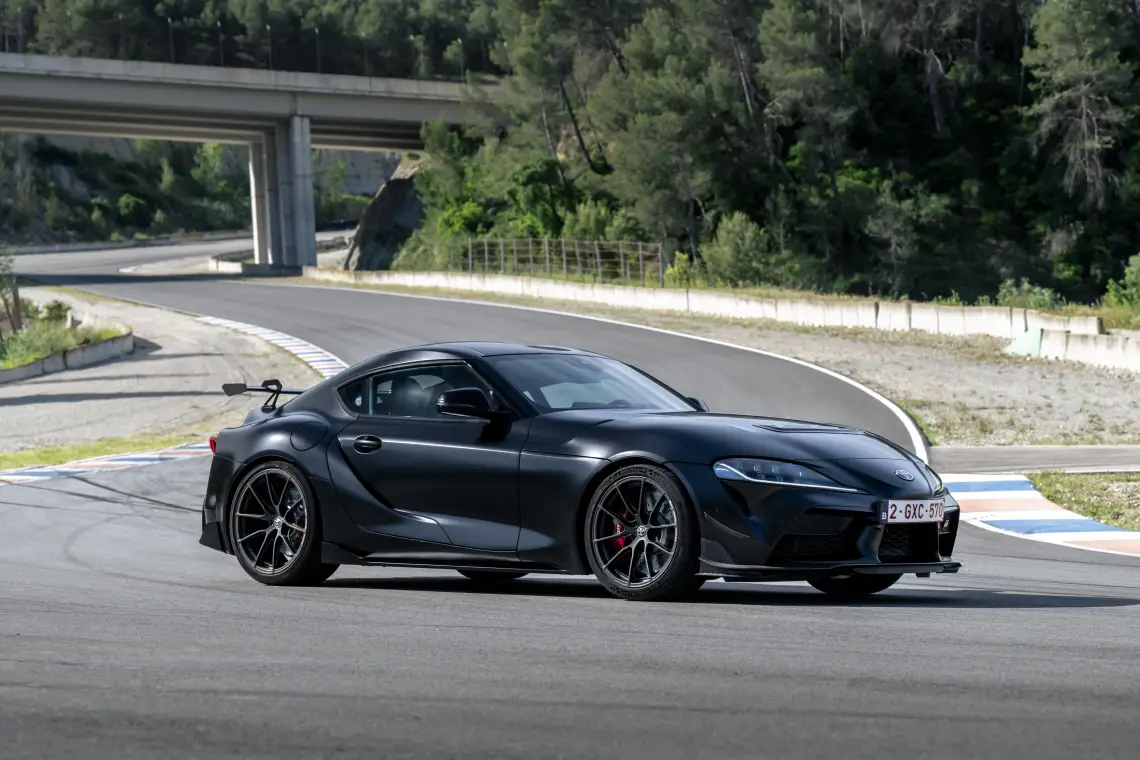
 Sign in with Google
Sign in with Google